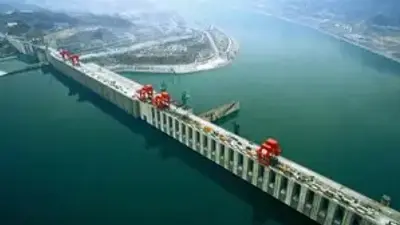China’s $137 billion hydropower dam projects carry both great promise and significant risks. While these projects will help China achieve its energy and economic goals, they pose challenges for India, both in terms of water security and geopolitical stability. The environmental consequences of these massive infrastructural developments cannot be overlooked, especially considering the potential for ecological disruption and carbon emissions.
For UPSC aspirants, understanding the interplay between energy security, environmental sustainability, and geopolitical dynamics is crucial for developing well-rounded answers on topics related to international relations, environmental policy, and sustainable development. By delving into the China-India water dispute, transboundary water governance, and hydropower projects, aspirants can equip themselves to tackle questions that explore these complex global issues in their exams.









